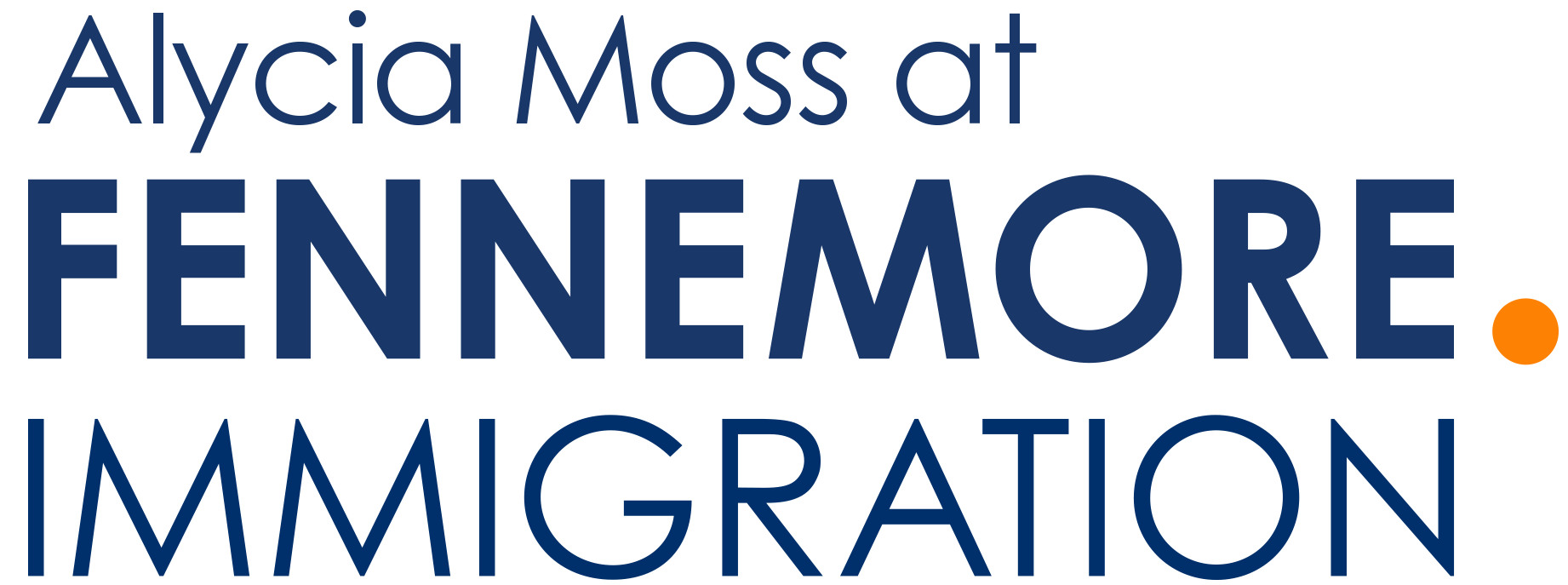L Visa
Intracompany transferees

L-1 classification
The L-1 classification allows you to transfer employees your foreign company to your U.S. parent, affiliate, and subsidiary company. In this way, key employees may contribute executive, managerial, or specialized knowledge skills to the U.S. business, and you can ensure that their international operations are aligned in objectives and processes.
There are two types of L-1 classifications. Employees performing managerial or executive assignments in the U.S are in L-1A status, with a maximum validity period of seven years, for an initial petition of three years and two extensions of two years each. Employees performing specialized knowledge assignments hold L-1B status, with a maximum validity period of five years, for an initial petition of three years and one extension of two years.Transferees may recapture any time spent physically present outside the U.S. Limited exceptions exist to the maximum periods of authorized stay for employment that requires only an intermittent presence in the United States. Dependent spouses and minor children of L-1s obtain L-2 status, and L-2 spouses may obtain employment authorization.
Blanket L Visas
Once a U.S. company determines that its prospective inter-company transferee is qualified for L-1 status, Blanket L-1 petitions are one method it can use to secure the prospective employee’s L-1 visa (or L-1status). The approval of the L-1 Blanket petition is a pre-qualification of the company’s corporate qualifying relationships, including common ownership and control of the companies listed in the Blanket petition. The approval of theL-1 Blanket petition allows employees to seek the approval of the L-1 visa directly with a U.S. Consulate or Embassy outside of the United States without first having to receive approval of an individual petition from USCIS for the transferring employee. The Blanket L option is available to U.S. companies that can meet the following requirements:
- The U.S. company has an office and has been doing business in the United States for one year or more.
- The U.S. company has three or more domestic and foreign branches, subsidiaries, or affiliates, and the U.S. company and its entities are engaged in commercial trade or services.
- The U.S. company and its entities have combined U.S.annual sales of at least $25 million, at least 1000 U.S. employees, or have received approval of at least 10 L petitions in the last 12 months.
The Blanket L-1 option is not available to non-profit entities


